Media | Articles
The end of the numbers-matching engine story (for now)
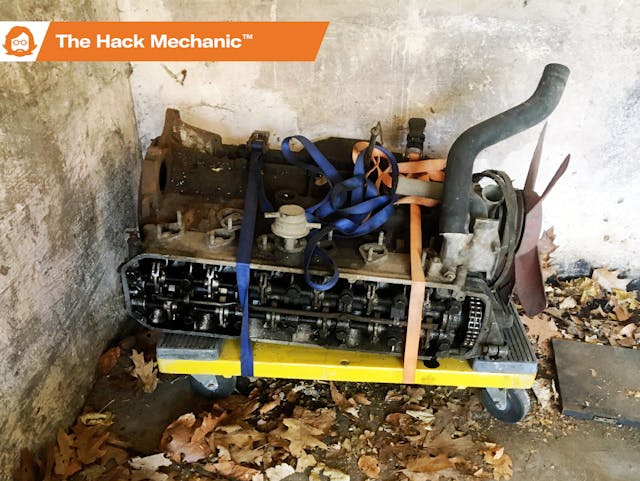
As I wrote about last month, the original numbers-matching engine to my 1973 BMW 3.0CSi E9 coupe had been sitting in the corner of the garage at my mother’s house since I pulled it out and swapped it for a newer freshly-rebuilt engine in 1989. My sister and I inherited the property after my mother passed, and some cleanout of items like the engine was long overdue.
I wrote (in a lot of detail) why continuing to hold onto the engine made very little sense to me. My argument for dragging it straight to the recycle bin was that a) I am never going to rebuild and reinstall it, and b) after I die and my heirs advertise the car, if someone wants to own a fully-original numbers-matching E9 coupe, why on earth would they choose to buy this one that’s been not only color-changed but repainted in a non-factory color? These factors resulted in my somewhat passionate defense of why I think that not feeling responsible for the rest of my days for a hypothetical future of a 350-pound lump—simply because it has seven numbers stamped into it—doesn’t make me a bad person.
However, the steps required to remove the engine from the garage were the same whether I was going to tow it back to my house in Newton, Massachusetts, or to the recycle bin—it had to either be put in the back of the truck or dragged into a trailer.
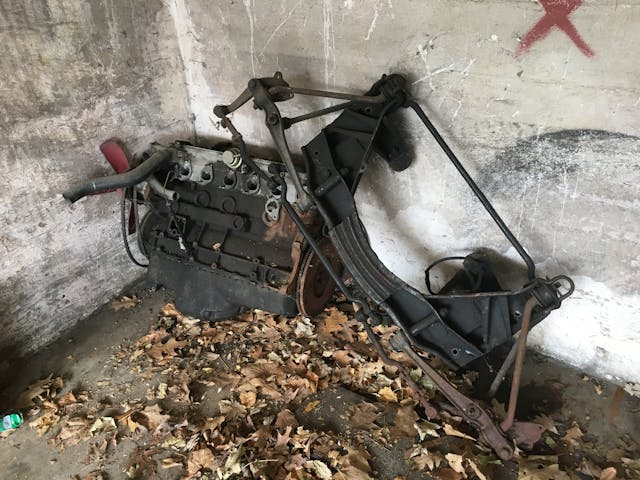
In days past, when I’ve needed to move an engine, I’ve disassembled my engine hoist and loaded it into the back of the truck. Like most hoists, it has four main pieces—the base, the backbone, the arm, and the hydraulic cylinder. The backbone is held to the base with three bolts, and there’s a pivot bolt on the arm, another on the cylinder, and a few other small fasteners. Disassembling it, loading it, driving to the scene of some engine-related crime, reassembling it, using it, and disassembling it again to take it back home never used to be a big deal. But now that I’m closing in on the big six-five and have back issues, doing this alone is trolling for back pain. Yes, I can ask for help, but I prefer to use that free spin card only when it’s truly necessary.
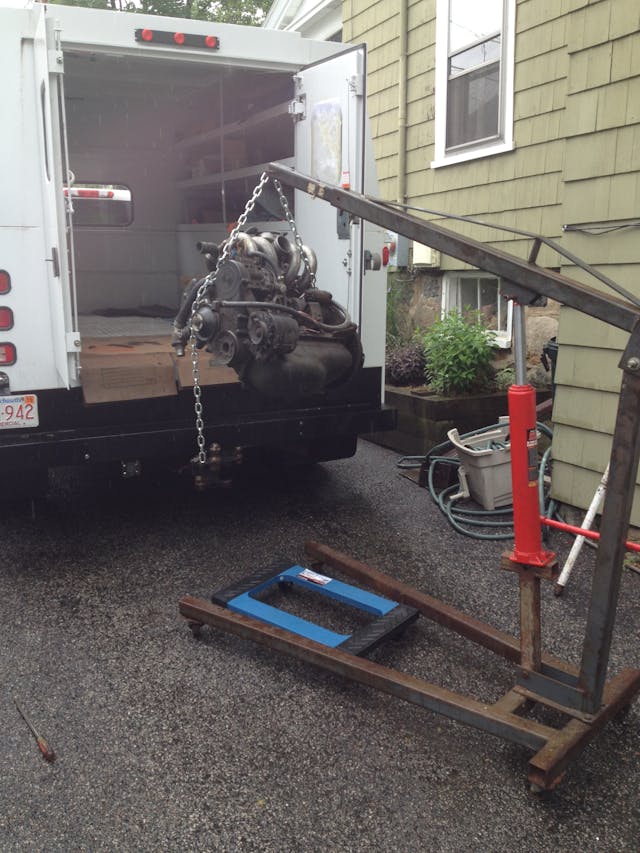
So instead, I thought I could put the engine on a furniture dolly, then use my Warn PullzAll 120VAC electric winch to pull it up a ramp and into the back of the truck. What’s more, I had the bright idea that I could dry-run this on the other big part in the garage—the entire front subframe from another E9 coupe I’d parted out a few years before pulling the engine from mine. The subframe was standing upright in the back of the garage, resting on the engine. Sure enough, all by my lonesome, back-injured self, I was able to tip the subframe over onto the furniture dolly and winch it up a board I found in the house (it turned out to be the top piece of a discarded piano) and into the truck.
Marketplace
Buy and sell classics with confidence
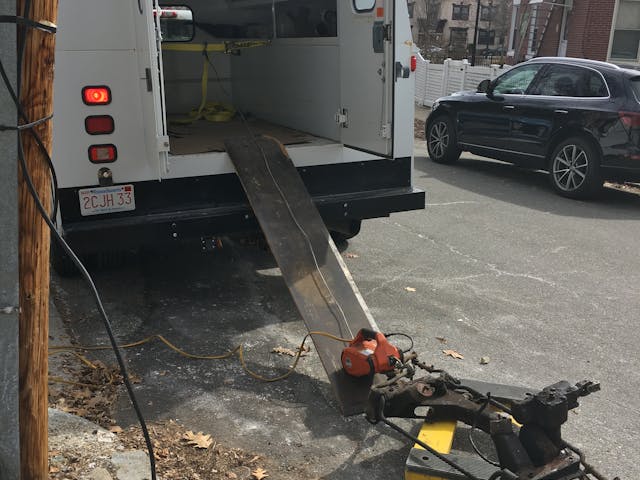
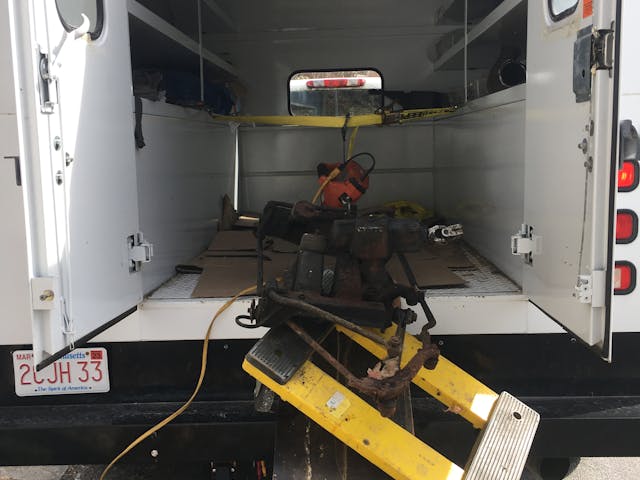
I then disassembled the subframe in place in the back of the truck, kept the steering components, and drove the bare subframe directly to the scrap metal bin (if there’s a part that lasts the lifetime of a BMW E9 coupe and thus there’s virtually zero demand for, it’s the front subframe). Gee, I thought—maybe this was more of a dry run for what to do with the engine than I’d planned.

Although this was successful, it made me realize that while tipping the 350-pound engine onto the furniture dolly to get it out into the street probably wasn’t unreasonable, winching it up a narrow wooden board acting as a ramp certainly was. I was going to need a little U-Haul trailer.
I broke the job into two steps. In the first, I went over to the house with the goal of getting the engine on the dolly. I was smart enough to know that it was doubtful I could do it alone, so I pressed my youngest son, who lives upstairs in the house, into service. It was pretty comical. Not surprisingly, the weight of the engine immediately caused the dolly to tip up. We wound up needing to brace the dolly against the wall and have him stand on one end as the engine tipped onto it. We then employed a 10-foot-long 2×4 to lever the engine so its center of gravity was about in the middle of the dolly. Finally I ratchet-strapped it in place. It looked like a very greasy Christmas goose.
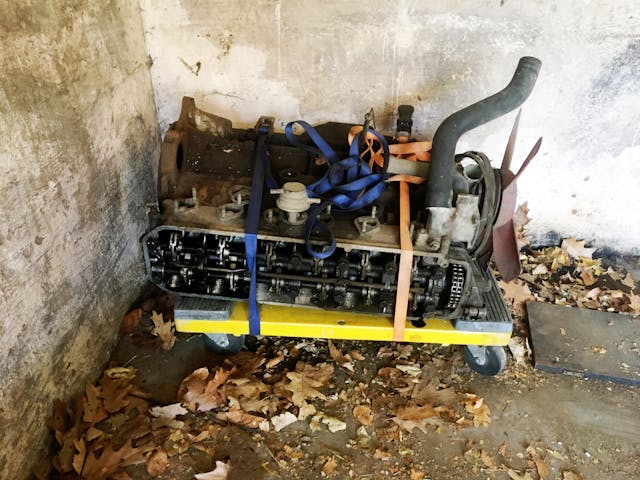
About a week later, I rented a little U-Haul 4×8 cargo trailer. Having seen landscapers wheel all manner of lawn equipment out of and into similar small cargo trailers, I just assumed that the U-Haul ones had a smooth fold-down wooden rear ramp, and that this would be preferable to the open utility trailers where the ramp is a decidedly less-smooth metal grate or a corrugated piece of floor. It wasn’t until I rented the utility trailer and they had it all hooked up that I walked behind it and saw that the door opened to the side instead of folding down. My mistake—the side-opening door is clearly shown on the U-Haul website. I had them exchange it for a small utility trailer.
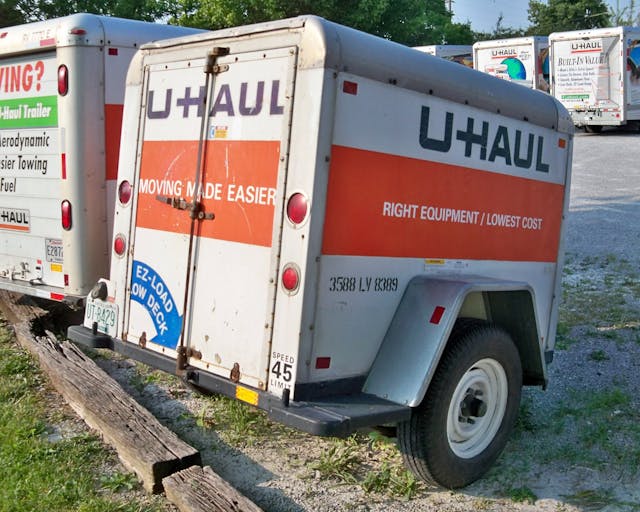
Rolling the engine into the street and positioning it at the bottom of the trailer’s short ramp was trivial—the furniture dolly did its job flawlessly. Winching it up the ramp, however, was not. Even with a small piece of plywood at the bottom as a little helper ramp, the little wheels on the furniture dolly didn’t like the metal grating on the ramp, and they bit into the gap between the ramp and the bed of the trailer. Fortunately, I’d brought a four-foot pipe with me, and judicious levering of the dolly coaxed the wheels into position. Once the engine and dolly were on the bed of the trailer, it still didn’t roll easily, as the corrugated floor tripped up the wheels. But I got it in and strapped down. If I had to do it over again, I’d bring two larger thin sheets of plywood to completely cover both the ramp and the bed.

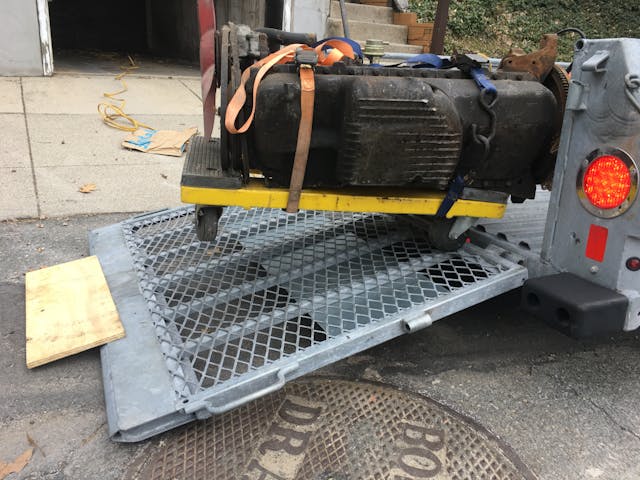
As approached the turn-off to my street, I realized that all I had to do was continue straight for another half a mile and I’d be at the Newton recycling center, where I imagined simply unstrapping the engine, lowering the gate, hitting the accelerator pedal in the truck, and letting nature take its course.
But I’d already made the decision: The engine was coming home. And not because I suddenly imagined a scenario where it might be used. Or because, as I said at the end of the original piece, that the numbers-matching engine is like the character in The Sixth Sense who thinks he still has someone to help in this world (although if someone with a very original 3.0CSi coupe—which was a Euro-only model—contacted me saying that their engine just put a rod through the block and for originality’s sake they’re trying to find a block with a European VIN as close to theirs as possible, I’d be all ears).
No, the thing that tipped the scales was about as undramatic as they come. Many decisions I make are based on this simple bit of mental calculus: If it costs you nothing to leave an option open, why not do that? Ninety-five percent of the work had already been done. All I needed to do was clear a spot for it at the end of my driveway and throw a tarp over it.
Unloading the engine in the driveway was trivial, as gravity was on my side. I pulled the vehicles on the right side of the driveway (the Winnebago Rialta and the BMW Z3—the truck usually sits there as well) out into the street, and used the 4-foot pipe to lever the engine and dolly out. They made quite a racket going down the trailer’s gate, but once they were on the asphalt, they gracefully rolled down the driveway and smashed through the garage door.
Just kidding.
So yeah, I kind of kicked the can down the road. But that’s OK. Since the engine will now be sitting outside (tarped, but still outside), at some point soon I’ll source a valve cover and spend an hour with plastic wrap, rubber bands, and Gorilla tape sealing up the coolant inlets and the ports on the head.
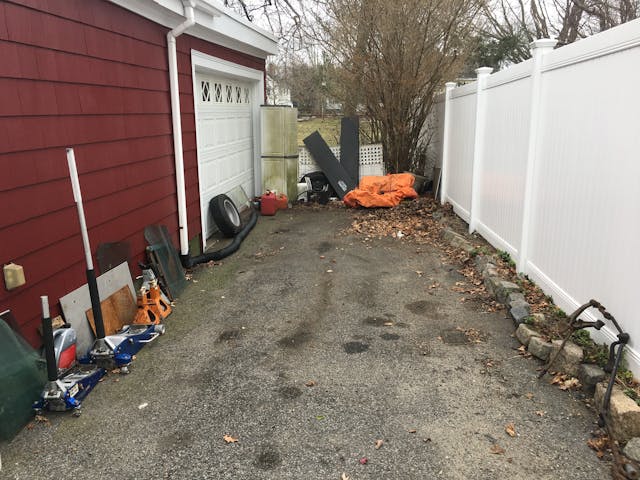
Although the plans my wife and I were hatching during the pandemic to find a garage-centric property have stalled, I doubt the house in Newton will be my final abode. If I were to bet, I’d wager that within the next few years we go somewhere else, and I’ll need to move the engine again. Maybe it’s best that I think of it not as an albatross, but as a good luck charm.
Oh, my God. I figured it out. You know what the dead numbers-matching is? It’s the car’s Picture of Dorian Grey (the Oscar Wilde novel about the portrait in the attic that looks worse and worse while its real-life subject commits all manner of sins but never ages). This is perfect. By dumping the thing at the end of the driveway under a tarp, I’ve ensured that my precious E9 coupe will remain forever young. Maybe if I pull the tarp off the engine and let the rain get it, the little scrape on the car’s right rear wheel arch will self-heal.
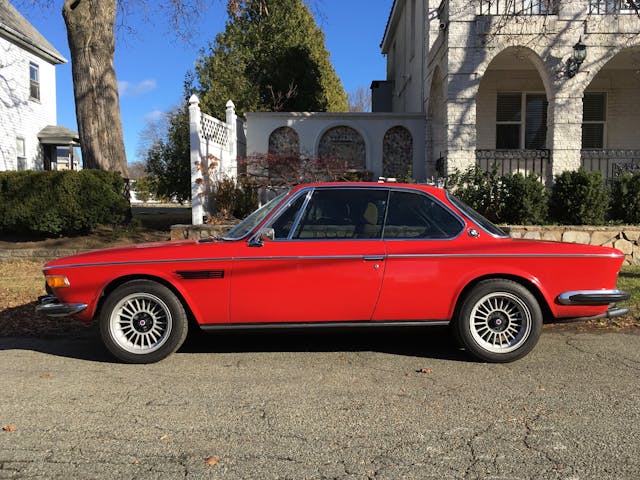
***
Rob’s latest book, The Best Of The Hack Mechanic™: 35 years of hacks, kluges, and assorted automotive mayhem is available on Amazon here. His other seven books are available here on Amazon, or you can order personally-inscribed copies from Rob’s website, www.robsiegel.com.





















I’ve done (much) sketchier things to load and move stuff around by myself, but I’ve never stopped to take pictures of the process [and there’re some Fifth Amendment reasons involved] like you did Rob. But good on ya for making a decision and following through on it. Good story.
I want the article about firing this engine up. Get the Hagerty “Will it run” person over and say here’s a real challenge.
Worst case… it goes?
*I forget what caused it to be pulled years ago, or whether it is seized
It was just old and tired. Now it’s older and more tired, but not seized.
Rob,
I don’t live that far away (norfolk), give me a yell if you need help again.
I’ve got a ramp that I covered in plastic truck bed liner that is just for jobs like that. Cost all of nothing since people throw them out all the time. And you can make friends with a local plumber/heating guy. The pallets that new furnaces come on are perfect for large car parts like what you are dealing with. They slide better on ramps and in driveways that those furniture dollies reliably roll.